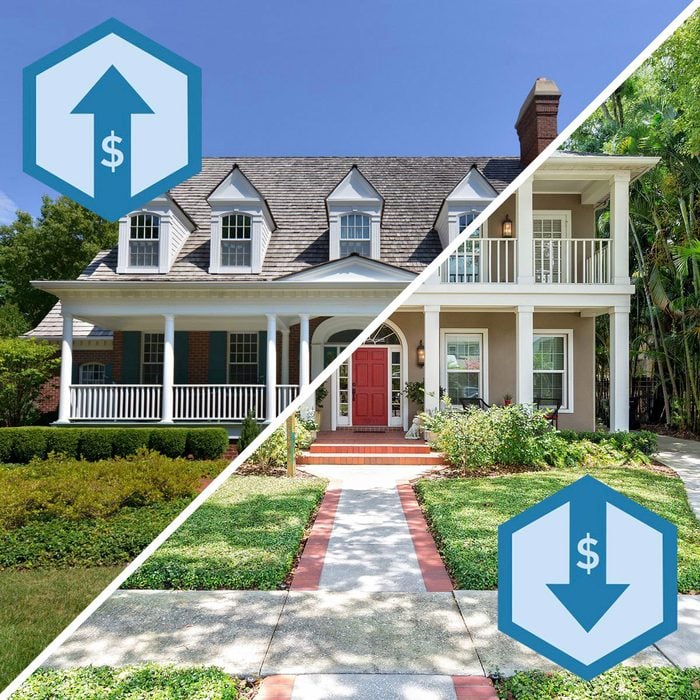
Whether high or low, property taxes are one factor that determines the affordability and livability of U.S. states.

FAMILY HANDYMAN, GETTY IMAGES (2)
Property taxes are taxes on real estate levied by state and sometimes local governments. They’re a major source of revenue for these government entities, paying for services most residents need.
John Haslach, a strategic tax advisor at Real Estate Bees, a digital platform for real estate professionals, says property taxes are levied to pay for the “six S’s.” These are:
Property taxes are determined by the assessed value of your property, including the land.
While assessment methods vary from state to state, Haslach says assessors looks at “comparable home sales, location and a variety of other factors. They often bear little resemblance to the fair market value of a property. They are also subject to change with the change of elected political officials.”
In many states and municipalities with state, local and sometimes even hyper-local property taxes (like a school district tax), the rates are combined as one.
It varies. Each state sets its own timeline for tax payments, most often two or four times a year. Some states allow homeowners to set up monthly payment plans and direct debits so taxes get paid automatically.
Some mortgage lenders may require property taxes be included in monthly mortgage payments. For mortgage loans insured by the Federal Housing Authority (FHA), the U.S. government’s mortgage insurance provider, property taxes must be included in the monthly mortgage, with the full tax amount spread over 12 payments. This ensures a homeowner never goes into arrears.
When we use the term property taxes, Haslach says, we’re really talking about real estate taxes.
“Real estate taxes are taxes paid on the assessed value of your home or other owned real estate,” he says. “Property taxes generally refer to personal property taxes on moveable property such as boats, cars, equipment and furniture.”
But for the purposes of this discussion, property taxes refer to real estate taxes on non-movable property like homes, condos and apartments.
Below, we take a look at the states with the highest and lowest property tax rates and evaluate median home prices and some quality of life indicators.
WalletHub’s most recent analysis of property tax rates, based on the 2021 census, calculates the per-state tax rate on a home valued at $244,900. Rates range from 0.29 percent of home value in Hawaii (roughly $700) to 2.47 percent in New Jersey ($6,057), the state with the highest rates.
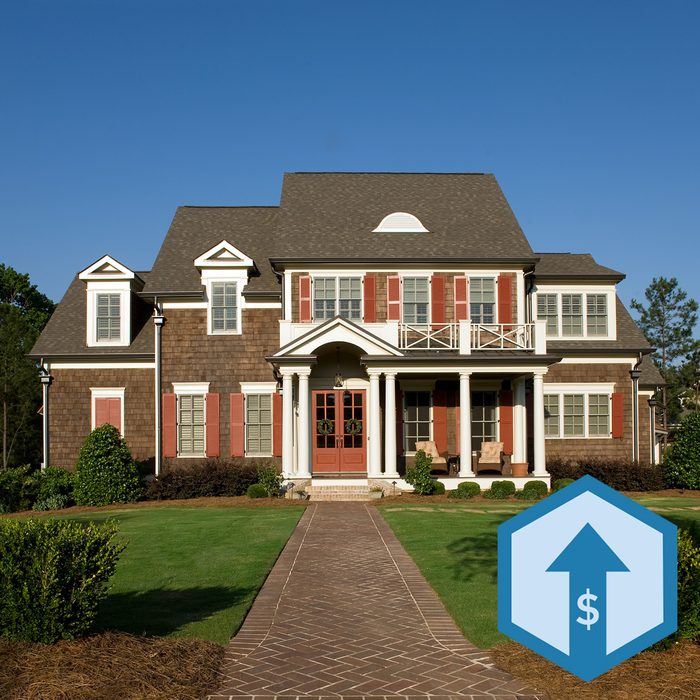
The median price of a home in New Jersey is $355,700, making it a costly place to live. Add in the nation’s highest property tax rate of 2.47%, and the average homeowner pays nearly $9,000 a year in property taxes. Ouch! New Jersey has had this high rate for the last 10 years.
But there’s a flip side. In a separate 2023 WalletHub survey, New Jersey ranked as the No. 2 state in the nation for overall quality of life, earning top marks for safety, education and health. So in New Jersey, you get what you pay for.
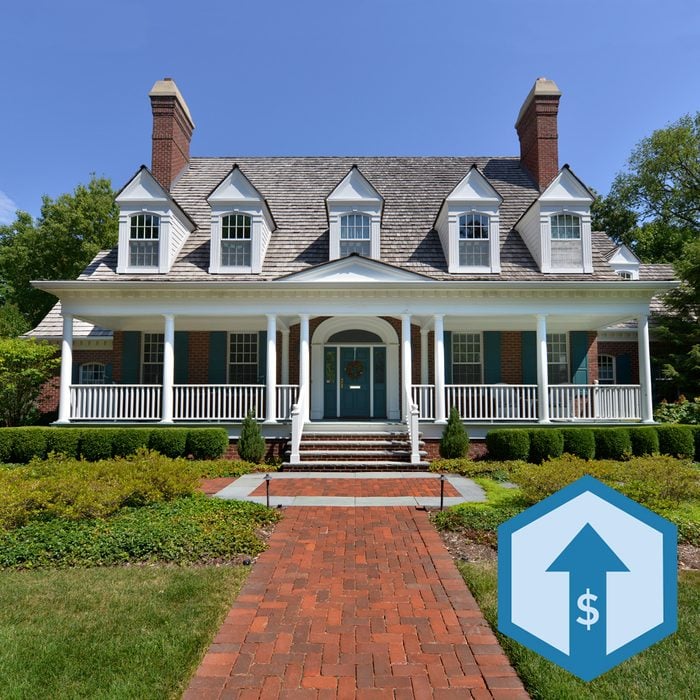
Illinois homeowners pay a property tax rate of 2.23 percent, a little lower than New Jersey. But the median cost of a home there is $212,600, right about in the middle compared to states across the nation. So the average homeowner in Illinois pays $4,744 in annual property taxes.
Illinois comes in slightly better than middle of the road in quality of life, ranking No. 13 in WalletHub’s 2023 survey. Lack of affordability and a stagnant economy were among the factors that influenced the overall ranking.
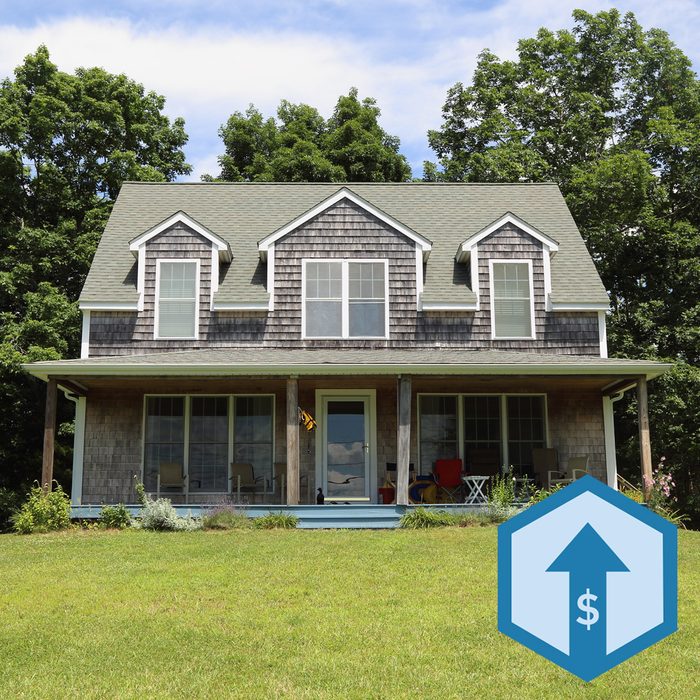
The average cost of a home in Connecticut is $286,700. Factor in the state’s hefty tax rate of 2.15 percent, and Connecticut homeowners pay an average of just over $6,000 a year in property taxes.
In exchange, they get high-quality health care and education — the state ranks fifth nationwide in these indexes. But its high cost of living and a lack of affordable housing pull it down to 26th in overall quality of life.
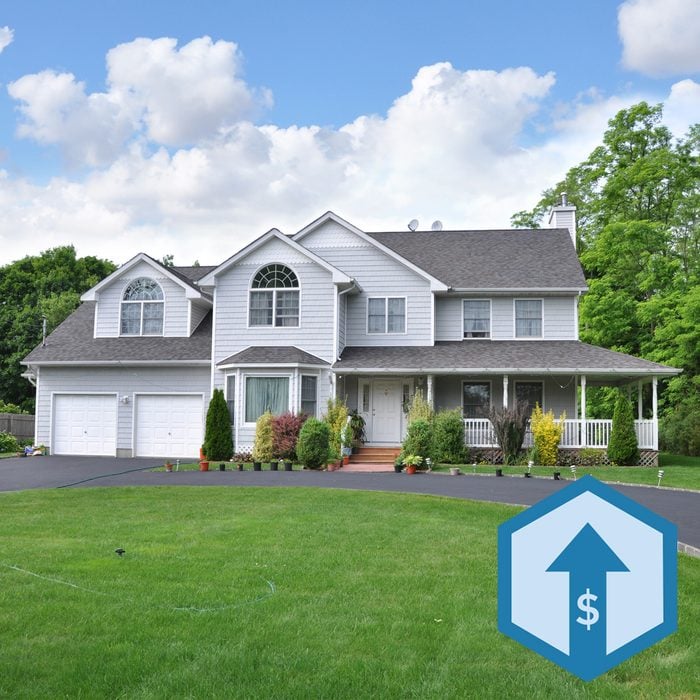
The Granite State offers a rock-solid property tax rate of 2.09 percent. The average cost of a home here is $288,700, which translates to a tax payment of $6,036.
New Hampshire ranks No. 3 in WalletHub’s quality of life analysis. It earns praise for its healthy economy and quality health and education offerings, but not for its overall affordability, which is 40th in the nation. Note that in other surveys, New Hampshire ranks higher for quality of life, thanks to its low poverty and unemployment rates and high safety scores.
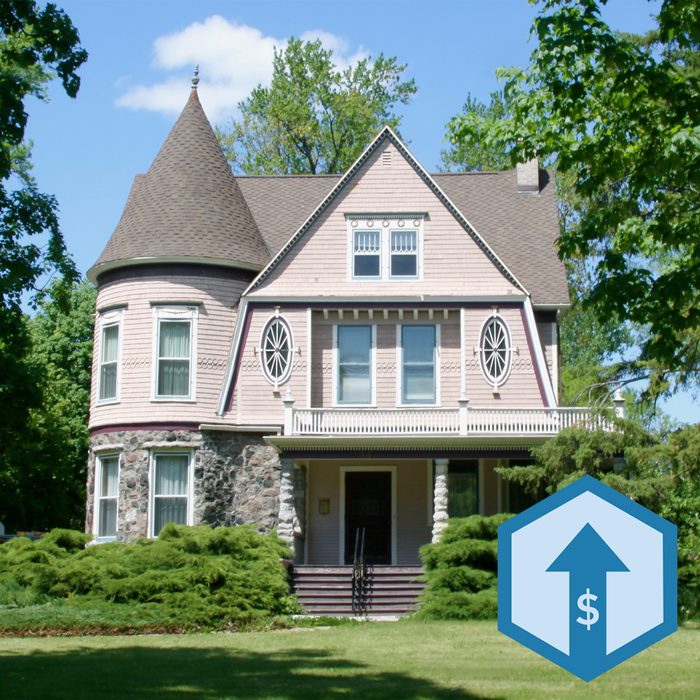
Can maple syrup and Ben & Jerry’s ice cream sweeten the sting of Vermont’s high property tax rate? Vermonters pay 1.90 percent in property taxes, and the average home costs $240,600. This comes out to annual property taxes of $4,570.
The state ranks 17th in overall quality of life. Low crime rates and a healthy, educated population are among the factors that offset its relatively high cost of living.
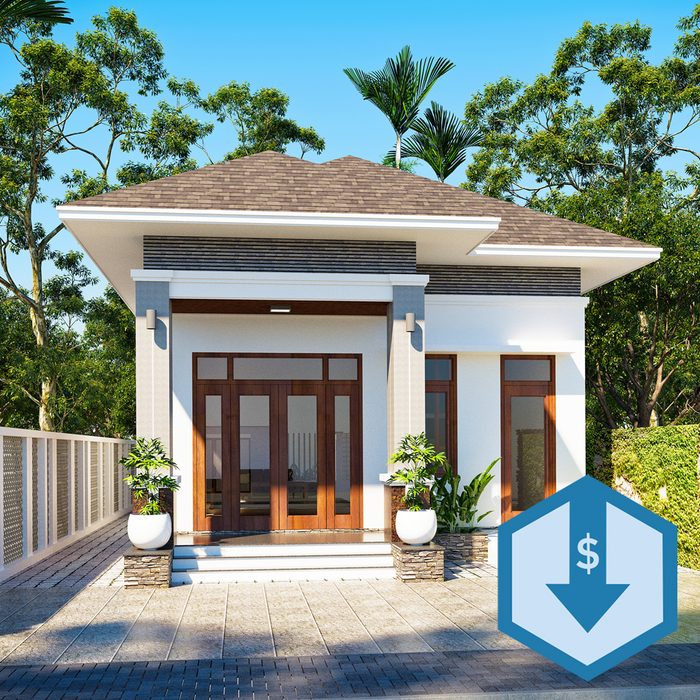
Talk about a bait and switch! You’ll pay just 0.29 percent in property taxes in Hawaii — if you can afford to live there, that is.
The Aloha State has the country’s highest housing costs. The median home price here is $662,100, similar to California, which is known for its astronomical housing prices. So you’ll pay less than $1,900 in property taxes.
Hawaii scores high in health care and, not surprisingly, natural environment. But its extremely high cost of living drops its quality of life ranking to 35th in the overall index.
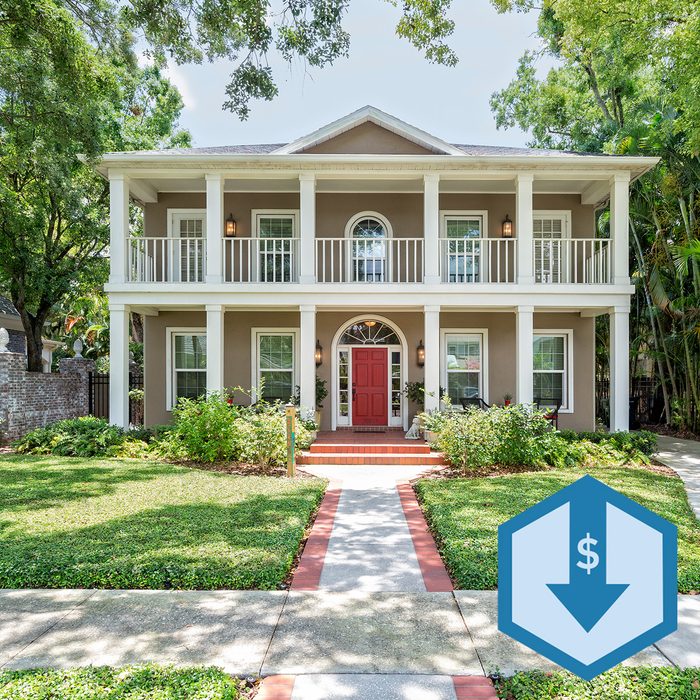
With a median housing price of $157,100 and a property tax rate of just 0.41 percent, or $646, Alabama ranks as one of the most affordable states in the U.S.
The downside? Low taxes appear to translate to lower quality of life. Across several analyses, Alabama consistently ranks among the lowest states in the nation for factors like health care and education.
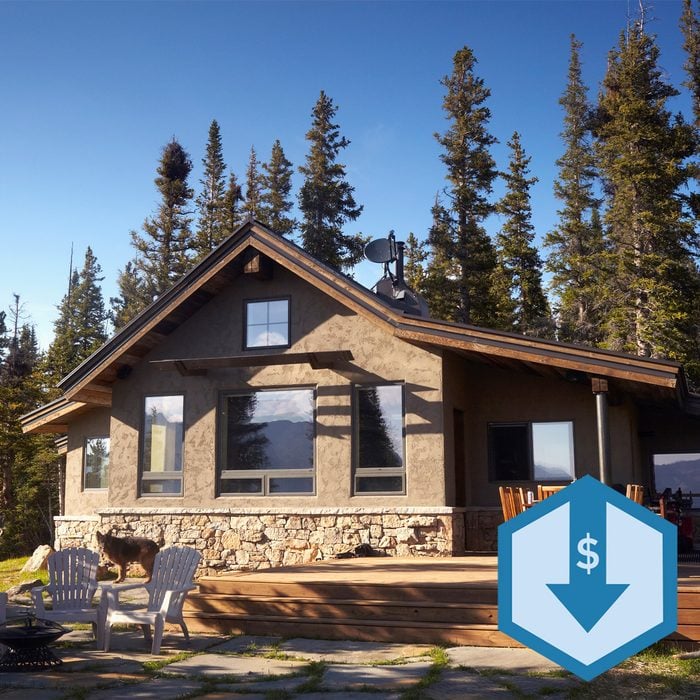
Coloradans pay just 0.51 percent in property taxes. But the median housing price is high, at $397,500, which translates to $2,017 in annual property taxes. The Mile High State also rakes in revenue from taxes on legalized marijuana, which brought in $325 million in 2022.
Colorado ranked No. 18 in Wallet Hub’s 2023 list of best states to live in, earning high marks for education and economy, but scoring lower for safety and overall affordability.
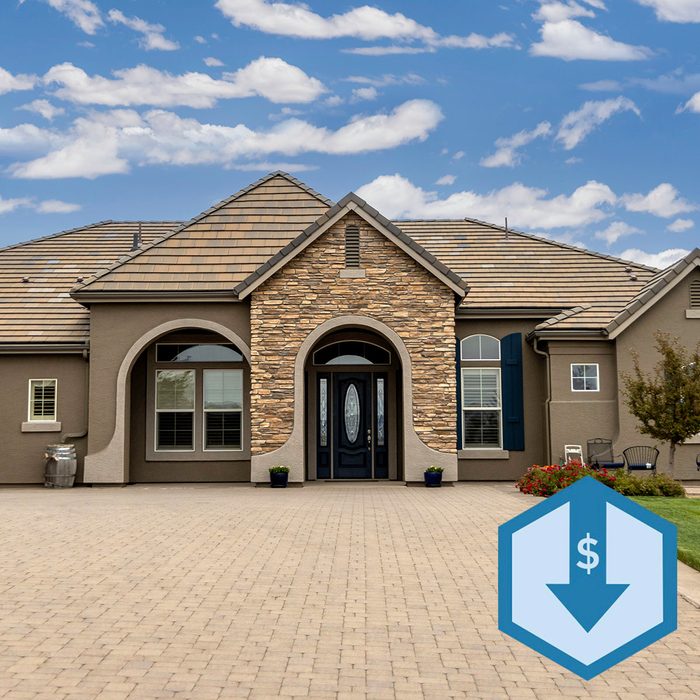
A property tax rate of just 0.55 percent may make Nevada an appealing choice for homebuyers. But the average home price is high — $315,900. This equates to $1,736 in property taxes annually.
And those lower tax revenues may equate to lower quality of life indices. Nevada ranks 40th among best states to live in, with poor showings in affordability, education and health care. It also has the highest unemployment rate in the U.S., per USA Facts.
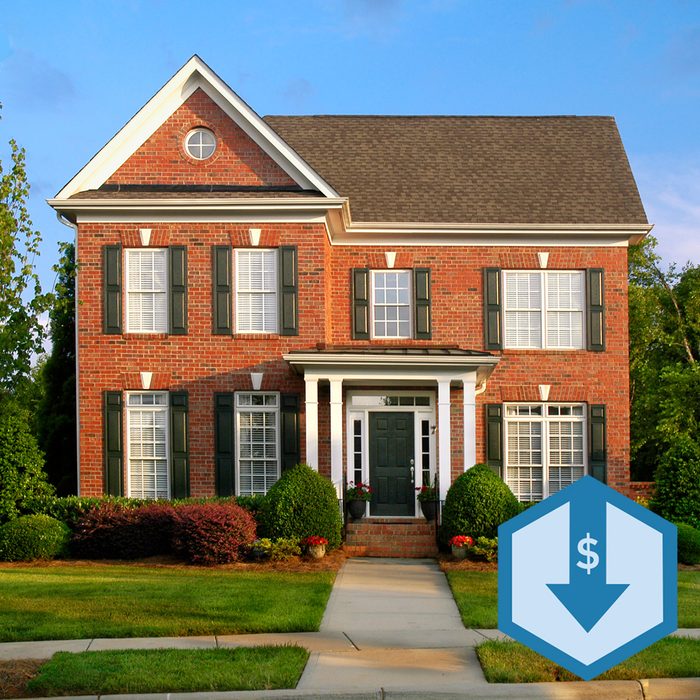
With the fifth-lowest property taxes in the country (0.56 percent), South Carolina also has a lower median housing price — $181,800 — than more than half the nation. But that $1,379 the average homeowner pays in property taxes might be a little low, because the state ranks No. 44 in quality of life.
While it scored OK for the health of its economy (No. 12 nationwide), its rankings in education, health, crime and safety knocked it into the bottom 10 U.S. states.
John Haslach is a strategic tax advisor at Real Estate Bees. A CPA with expertise in tax and financial planning for real estate professionals, he also owns GetRicherQuicker.net, a full-service accounting firm licensed in New York.
Originally Published: March 30, 2022